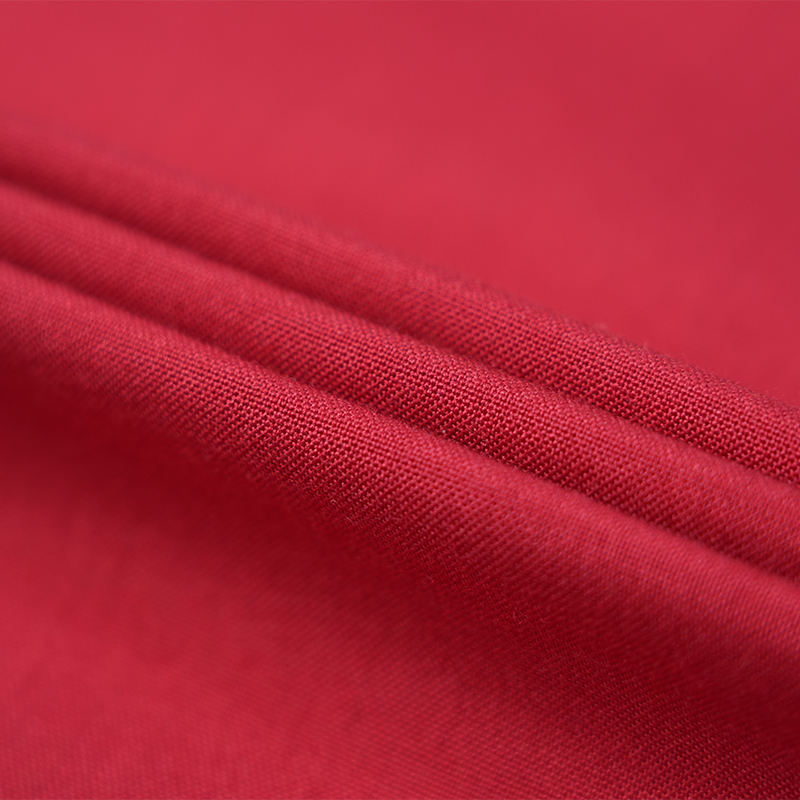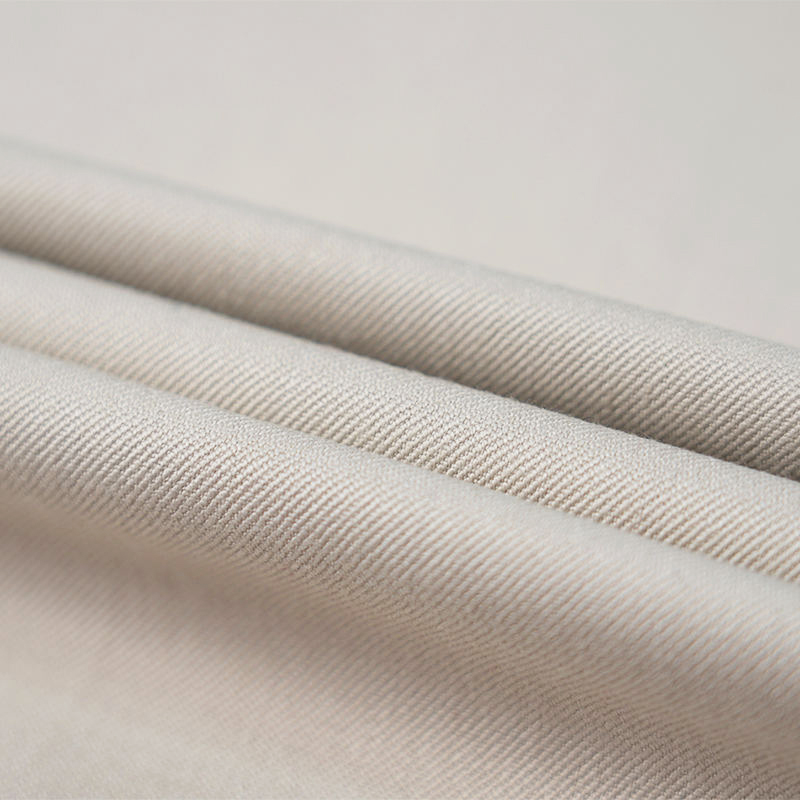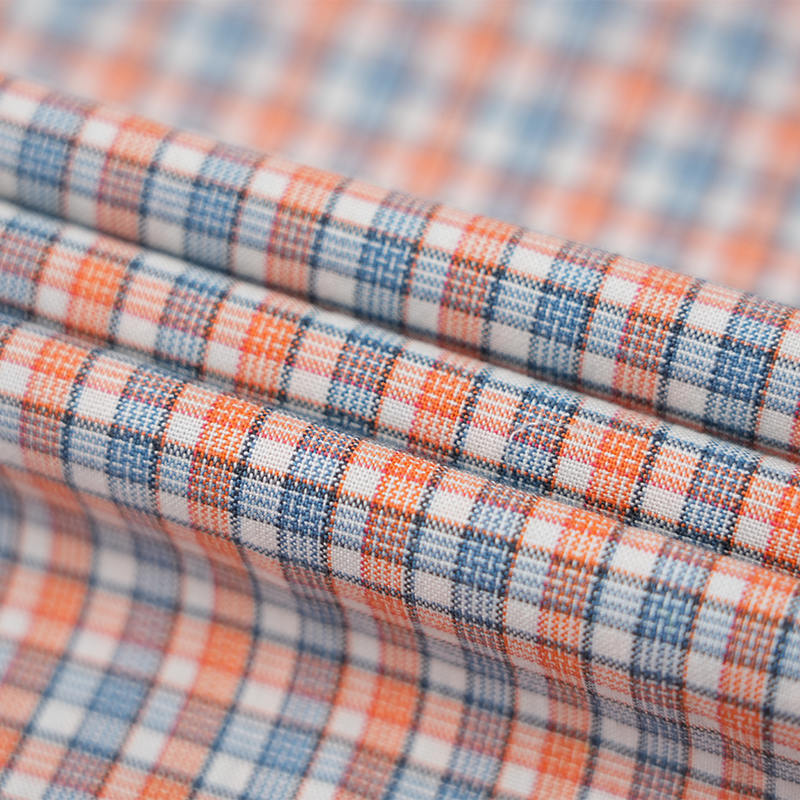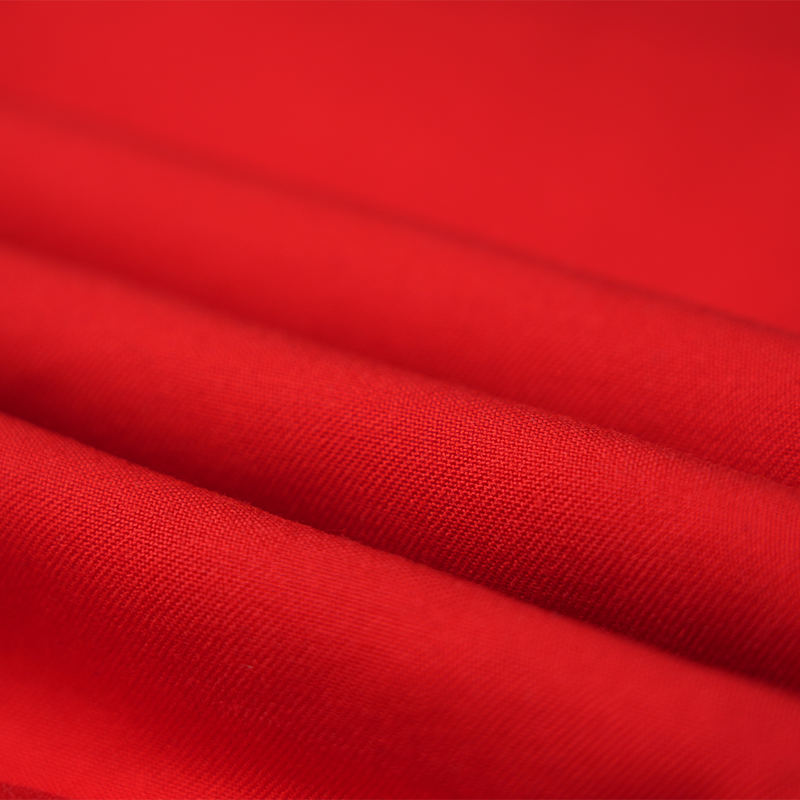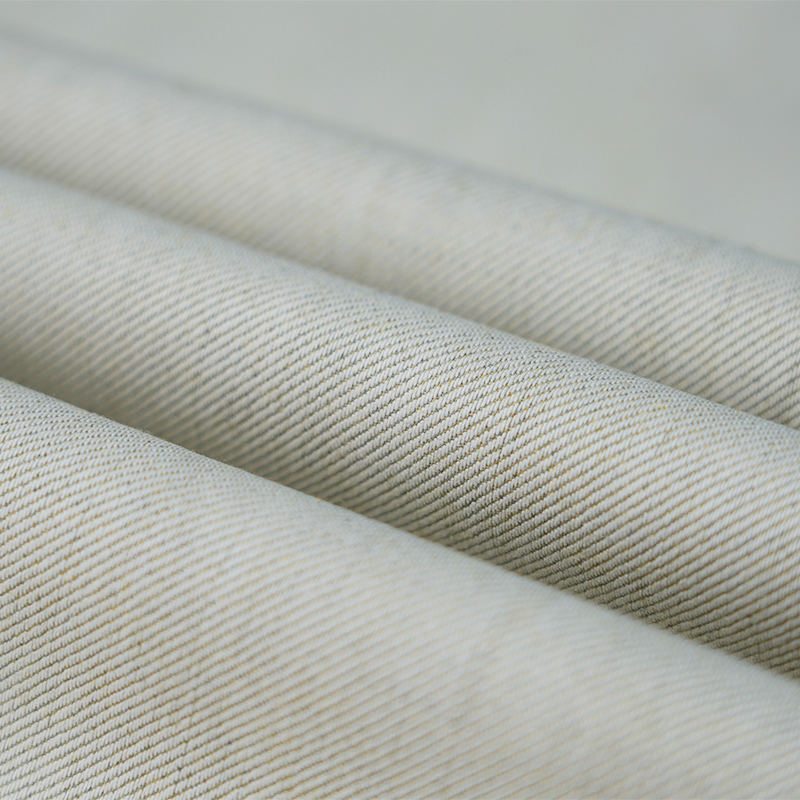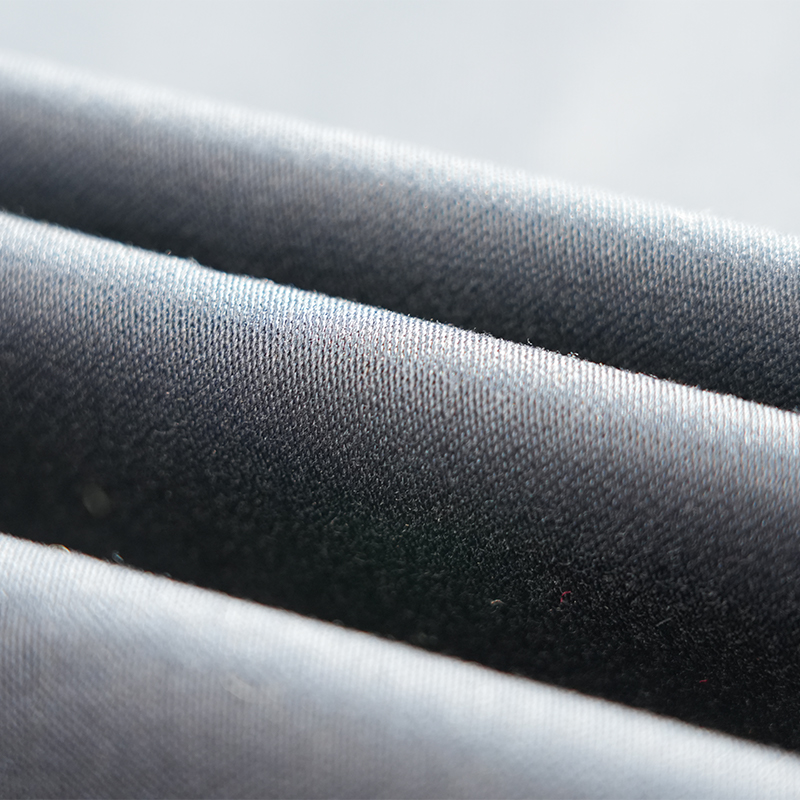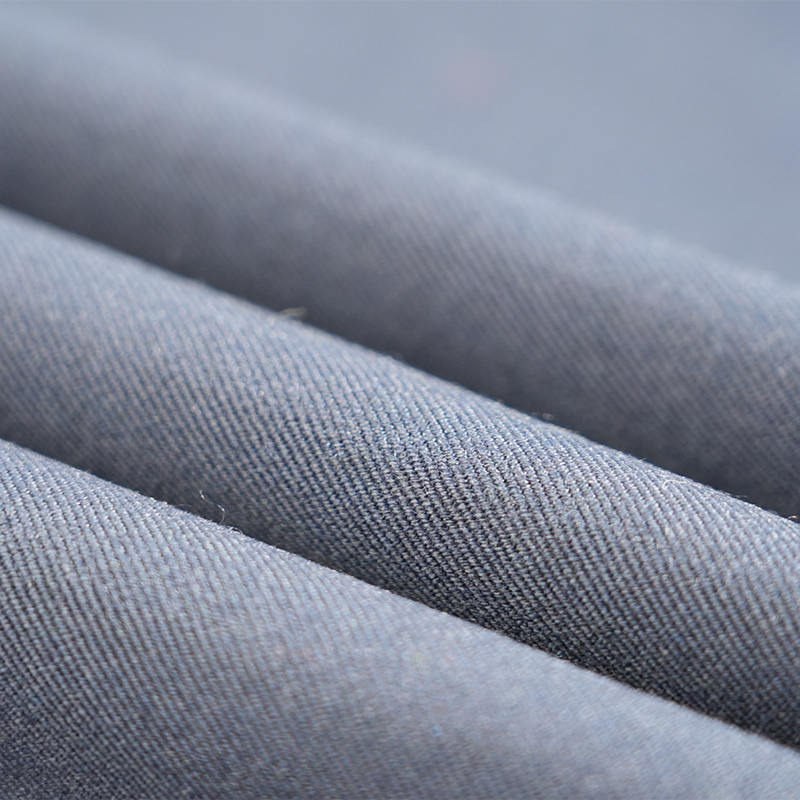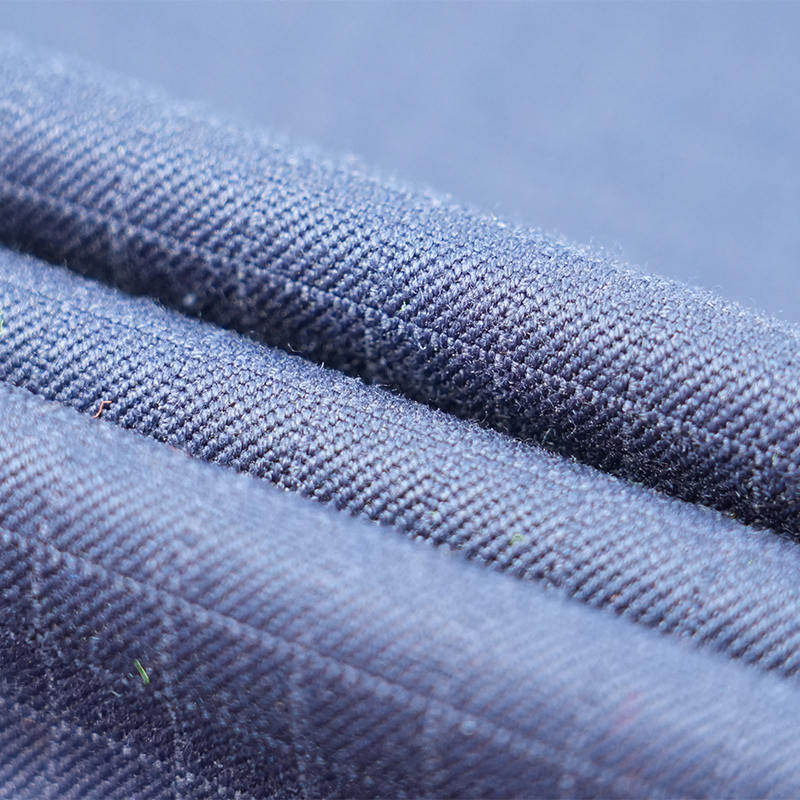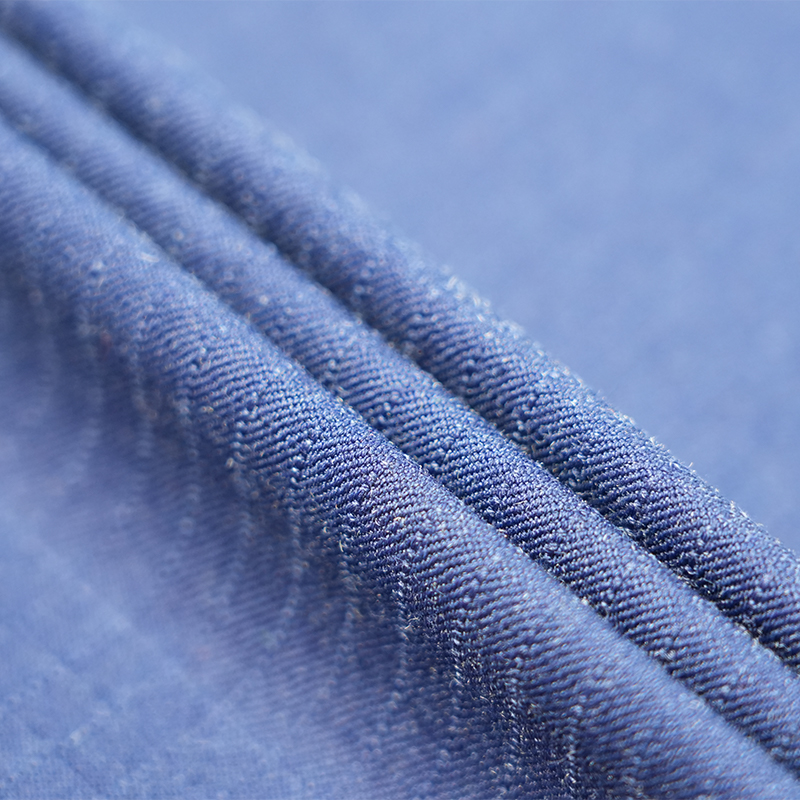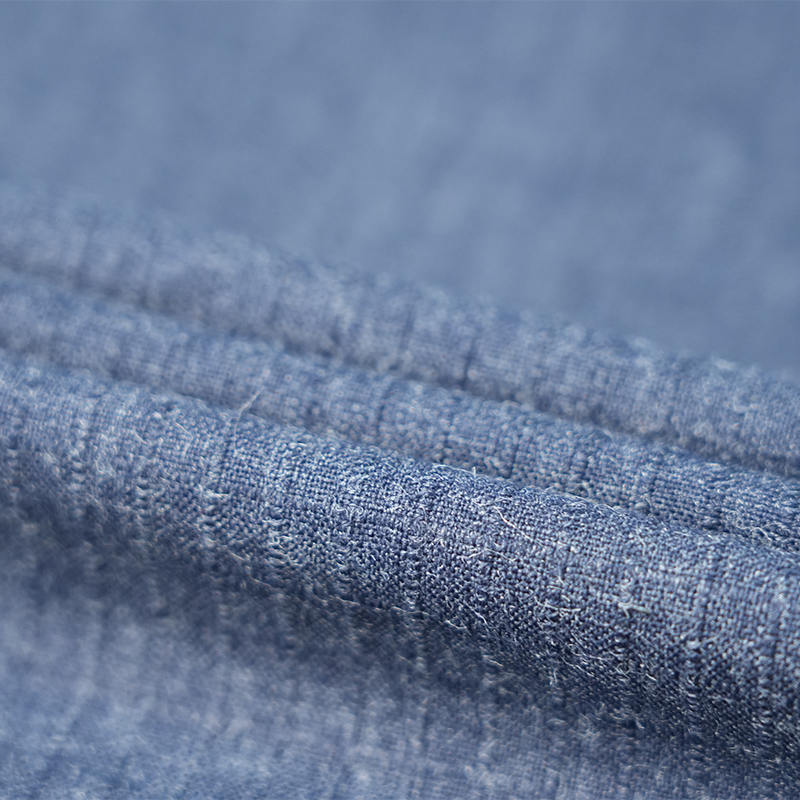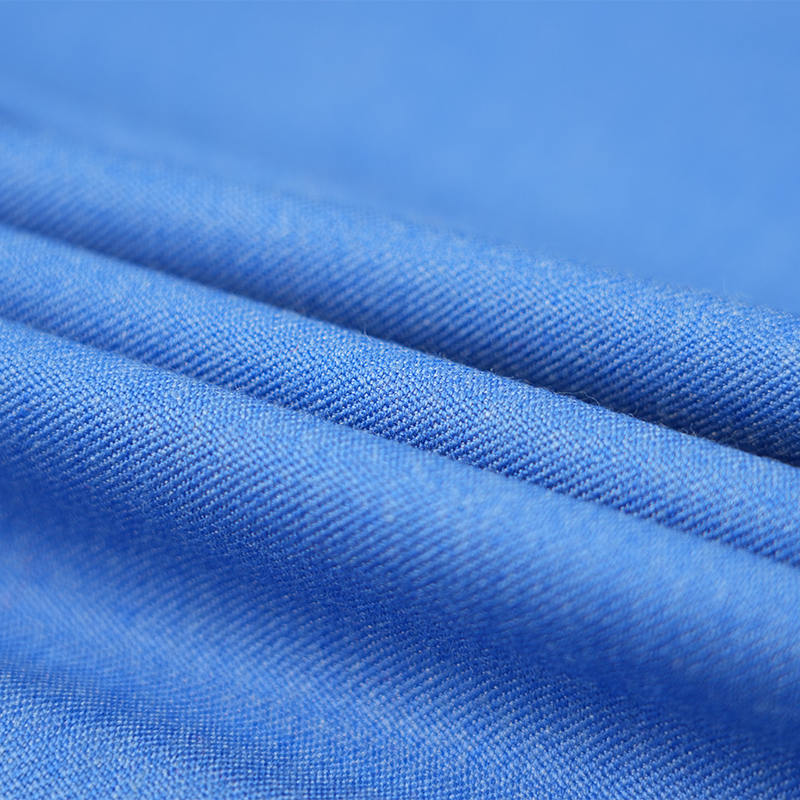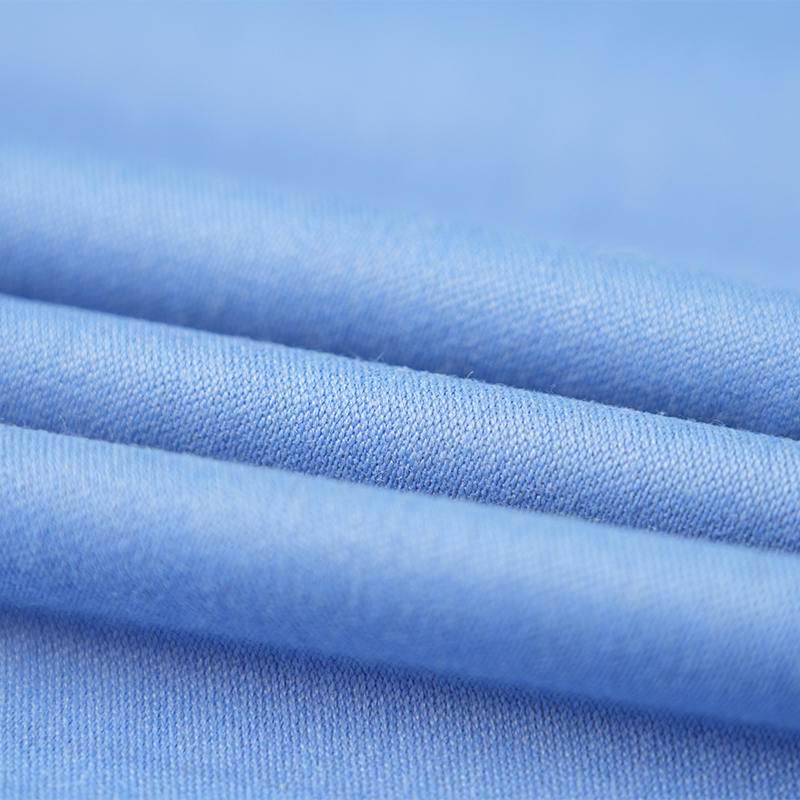Content
1. Key points to note during cleaning
(1). Pretreatment and classification
Separate washing: Firefighting and rescue protective fabrics must be washed separately from other clothing to avoid cross-contamination and wear.
Inspection and pretreatment: Before washing, carefully inspect the clothing for damage, tears or heavily stained areas. For pre-treatment of heavily stained areas (such as oil stains and carbon marks), you can use a soft brush and professional protective clothing pretreatment agents, but never use household bleach or strong detergents.
(2). Choice of detergent
Prohibit ordinary detergents: Absolutely prohibit the use of household laundry detergents, soap powders, softeners or bleach. These chemicals will:
Destroy waterproof/flame retardant coatings: Block or peel off the waterproof layer on the surface of the fabric (such as PTFE film), causing it to lose its waterproof and flame retardant properties.
Residual chemicals: Leave flammable residues on the fabric, which will intensify combustion when exposed to fire.
Use professional detergents: You must use pH neutral detergents designed specifically for firefighting protective clothing. These detergents are effective in removing stains without compromising the protective properties of the fabric.
(3). Washing Equipment and Modes
Specialized Washing Machines: Use a front-loading commercial washing machine designed for washing protective gear. Avoid using a top-loading domestic washing machine with an agitator, as the harsh mechanical action can damage the fabric and reflective tape.
Gentle Program: Select a gentle wash program (such as "Delicate Fabrics" or "Slow Agitation") and use cold or warm water (usually no more than 40°C/104°F). Hot water can permanently damage the waterproof layer and reflective material.
(4). Spinning and Drying
Low-Speed Spinning: Use the low-speed spin drying function of your washing machine. High-speed spin drying may cause wrinkles in the garment and damage the fabric structure.
Air Drying is Preferred: The best way is to hang the garment to air dry in a well-ventilated room out of direct sunlight. Ultraviolet rays can accelerate the aging of the fabric and reflective tape.
Use a Dryer with Care: If you must use a dryer, always use a low temperature or no heat (air drying) setting. It is strictly forbidden to use high temperature drying, as high temperature will melt the outer fabric (such as aramid) and waterproof film, causing the clothing to be scrapped.
(5). Prohibited behavior (red line)
Dry cleaning is strictly prohibited: The chemical solvents used in dry cleaning will completely destroy the protective performance of protective clothing.
Bleach and softener are strictly prohibited: As mentioned above, this is one of the main reasons for the failure of protection.
Violent scrubbing is strictly prohibited: Especially in the reflective tape area, excessive scrubbing will cause it to lose its reflective effect.
Self-repair is strictly prohibited: If damage is found, it should be immediately sent to a professional department for repair according to the standard. Do not sew it yourself with ordinary thread.
2. Post-use inspection of fire rescue protective fabrics
Contamination inspection: Check whether the fabric is contaminated with chemicals, oil, blood, body fluids or other harmful substances. These pollutants may corrode the fabric or pose a health risk.
Physical damage inspection: Carefully check for burns, drips, carbonization, wear, tearing, open threads or cracked seams. Focus on the shoulders, knees, elbows and other easily worn areas.
Accessory Inspection: Check the zippers, buttons, reflective tape, and hooks for proper function. Damaged, peeling, or dimmed reflective tape can seriously compromise nighttime safety.
Interior Inspection: Check the waterproof and breathable membrane (if available) for integrity. This can be done by checking the lining for moisture under specific conditions, or by performing a simple test according to the manufacturer's instructions.

 EN
EN 中文简体
中文简体 English
English русский
русский Español
Español Português
Português عربى
عربى


